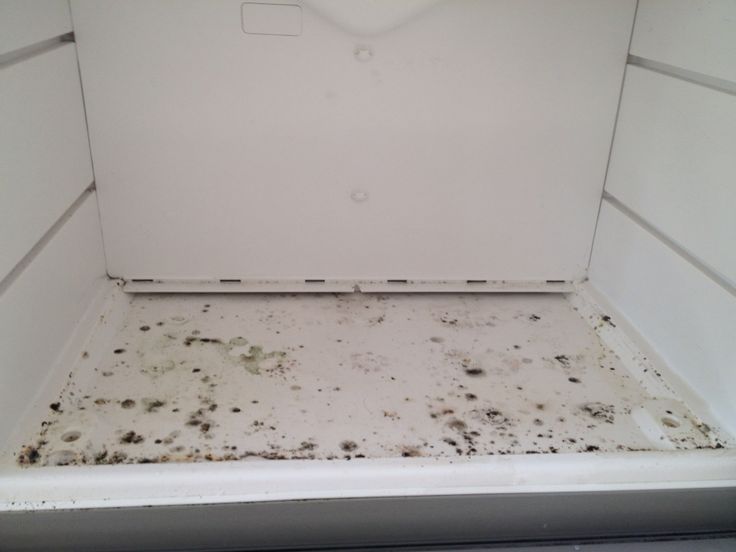All hail, the household fridge! These hard-working, heavy-duty items work around the clock to keep our food cool and safe to eat. However, being in constant use and contact with perishable foods means the average refrigerator can be teeming with harmful bacteria, icky food crumbs and even mould.
Whether your trusted fridge is in need of some deep cleaning, or you’re after a fridge rental due to ongoing issues, it’s vital to keep these all-important whitegoods spick and span with monthly clean-outs. Here are our top fridge cleaning tips to get rid of any mould – and make sure it never returns.
Tips for cleaning a mouldy fridge properly
What causes mould in fridges?
The fungus that causes mould thrives in cold, dark and damp conditions. Coupled with bacteria, food debris and moisture, this makes the average household fridge a prime breeding ground for mould and mildew.

What products should I use for a clean fridge?
Natural, non-toxic cleaning agents are better for both the environment and your health – win, win. Fridges in particular are susceptible to damage if you use harsh, abrasive chemicals like chlorine bleach or ammonia, as these can discolour and crack its plastic surfaces.
A mixture of baking soda and warm water makes an ideal fergicide to tackle fridge mould. Simply add two tablespoons of baking soda to a quart of warm water and stir until the baking soda is completely dissolved. Now it’s time to get scrubbing!
Fridge cleaning tips
The first step is to remove all food from your fridge, inspecting it for any spoilage, leakages or mould as you go; these may have caused your mould problem to begin with. For health reasons, it’s best to err on the side of caution and throw out anything even slightly suspect. Remember not to inhale any foods that may have come into contact with mould as its spores can cause health issues.
Next, you’ll need to remove the drawers, trays and other removable components from your fridge. According to scientists, the humble salad drawer alone can harbour 750 times more bacteria than safe levels, so it’s important to clean these thoroughly.
Then, remove the mould and mildew itself from every nook and cranny with warm, slightly soapy water. Use a toothbrush to get in all the crevices and corners – don’t miss edges like the drawer tracks or around the seal of the fridge itself.
Once all visible mould is gone, it’s time to use the baking soda and warm water solution to scrub away all lingering traces both inside your fridge and all its shelves and drawers.
Finally, before re-stocking your fridge, a crucial last step is to make sure you thoroughly dry every single surface with paper towels. Any moisture you miss can in turn lead to more mould, so make sure you get it totally dry!
Another handy fridge cleaning hack is to place a deodoriser in the back of the top shelves to help tackle any lingering odours. A box of baking soda with a half-opened lid can help keep the smell of mould at bay.
Cleaning and drying fridge seals
Don’t forget to clean the rear, sides and coils of the fridge – not to mention the fridge seal. Wash the entire perimeter of the seal with a mixture of warm water and dishwashing detergent, before drying it with a clean cloth.
Keep in mind that dodgy fridge seals can lead to food spoilage and mould, because if the air inside isn’t circulating properly it can cause a ‘sweating’ effect of moisture in the refrigerator.
How to prevent mould
When it comes to fridge mould, prevention is better than cure. One of the easiest ways to prevent mould from reappearing is to make sure that both your fridge, and everything that goes inside it, is 100% dry.
You should also clean out the foods from your fridge on a weekly basis to prevent bacteria-spreading food debris. Organising your fridge into food zones can help.
Do defrost your fridge regularly, as any ice or frost inside the fridge will eventually melt, leading to – you guessed it – mould-causing moisture.
If you’d like a quick fix replacement for your currently mouldy refrigerator, or more tips on fridge rental, contact us at ACECO today.